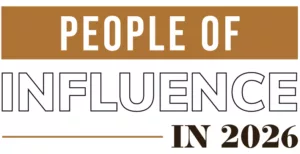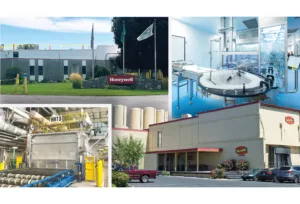
Home » State roads funding should be applauded
State roads funding should be applauded
-
July 30, 2015
Though many of us have been looking toward Olympia with a worrisome eye, not knowing whether Gov. Jay Inslee would wipe out funding for alternative-transportation improvements, it’s important to remember that funding remains intact for Spokane-area road projects.
With that in mind, now is a good time to step back and appreciate what a lucrative legislative session it was for the Spokane area and consider how many large transportation improvements can move ahead because of the heavy lifting by some Eastern Washington legislators.
About $1 billion in Spokane-area projects received funding in the recently completed session. That includes the $879 million needed to complete the North Spokane Corridor. Extending that thoroughfare from Francis Avenue southward to Interstate 90 has stood as the top priority for years and should come to fruition now.
Another noteworthy project due to receive funding involves improvements to the Interstate 90-Medical Lake interchange on the West Plains, which will improve traffic flow where some of Spokane’s big economic development recruits have landed in recent years. Also, Interstate 90 will be expanded in the eastern portion of the Valley and a passing lane will be added to parts of U.S. 195, ideally reducing the likelihood of accidents on the heavily traveled route between Spokane and Pullman.
Funding for all of those projects remains intact regardless of whether Inslee decides to employ what’s being called “the poison pill”—a decision he hadn’t made yet as the Journal went to press. The transportation budget includes a stipulation that says funding for alternative-transportation projects would be eliminated if Inslee enacts low-carbon fuel standards through an executive order.
For the Spokane area, at risk are two high-profile projects that have had their share of detractors—Spokane Transit Authority’s Central City Line and a pedestrian bridge that would span the railroad viaduct and connect the University District with East Sprague Avenue. The bill earmarks a total of about $23 million for the two projects, but advocates worry that funding for both projects could be wiped out.
Money for larger projects that aren’t specific to Spokane, but that would bring money to the region, also could be compromised by the poison pill.
It would be unfortunate to see funding for those projects go away, and we encourage Inslee to find a way to address climate change that doesn’t involve such an executive order.
The governor’s current dilemma is accompanied by plenty of finger pointing between elected officials from the two political parties. It’s the same brand of blame that occurred after the 2014 legislative session, when the Legislature failed to pass a transportation bill of any sort. One might be able to argue that such a large bill wouldn’t have been necessary this year if the legislators had done their jobs last year.
Regardless, the projects have funding now, and infrastructure improvements stand to be a strong economic driver in Spokane for years to come.
Latest News
Related Articles


_web.webp?t=1764835652)
